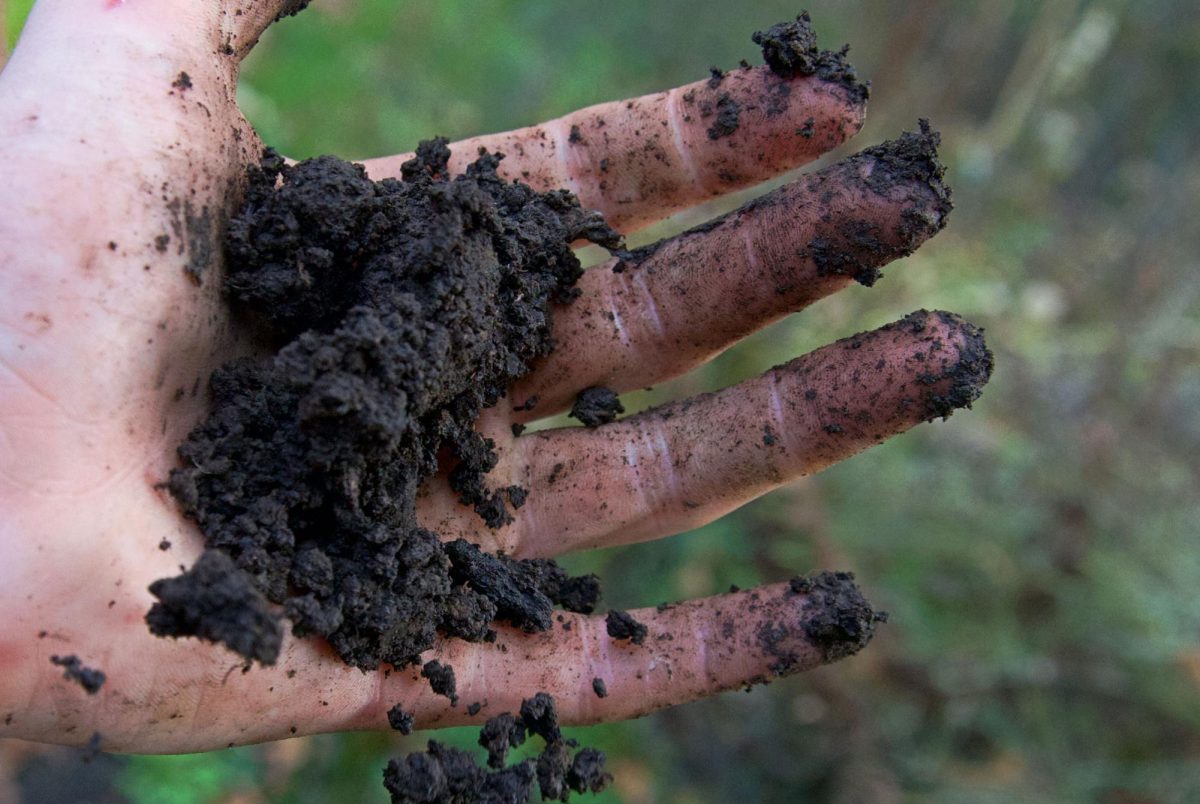It is strange to consider that, on some far-off planet, in the absolute coldest reaches of space, there may exist bergs of solid oxygen. Or perhaps a planet so hot, part of the atmosphere is gaseous gold.
Any element on the periodic table can exist as a solid, liquid or gas (though it may take some very alien circumstances).
After a week of ice wreaking havoc on Corvallis, Oregon State University scientists share the importance of this unique molecule for life on Earth.
Water is a gathering of elements that can change from a solid to liquid to gas under fairly livable conditions. If you’d like, you could crank on an oven burner and boil off a cube of ice in 6 minutes.
You can’t really do that with granite or a chunk of the atmosphere.
But there’s no harm in exploring those properties, especially when they afford the uniquely perfect conditions for life as we understand it on Earth– especially in the case of water.
Before exploring ice, it is important to have an understanding of the basic properties of the water molecule.
According to Wei Kong, department head of chemistry at OSU, one of these unique properties is polarity. Consider one molecule of water, two small hydrogen atoms stuck to a much larger oxygen atom – it looks a lot like Mickey Mouse’s head.
The hydrogen molecules have a small positive charge and the oxygen atom carries a small negative charge, because of its two lone pairs (partnerships of electrons that have yet to bond to anything). This is what makes water polar.
Because of this simple structural arrangement, fats and oils (nonpolar molecules) refuse to interact with water.
Each cell inside your body is surrounded by a fatty membrane, it’s a collection of fats with one polar and one nonpolar side that have linked into a double-layered bubble. The polar heads of these fats face the water on the inside and outside of the cell, with a no-mans-land of nonpolar tails in-between.
According to Lauren Dalton, a professor in the college of biochemistry and biophysics at OSU, the membrane allows for cells to be separated from their external environment, it allows them to have internal organization, and it allows them to separate all of their chemical processes.
“And it’s the simple fact that these lipids are nonpolar and water is polar that makes this life exist,” Dalton said.
But what about when water isn’t water anymore? What about ice?
“Molecules tend to move around less quickly at low temperatures and at some point, they will eventually stop,” Dalton said. “And if it’s too cold, and when molecules stop moving, that’s really bad for life,”
The membranes surrounding cells must have some level of fluidity, according to Dalton. In cold temperatures, the membranes become brittle. When this happens, another kind of molecule – sterols (think cholesterol) – insert themselves between the fats of the membrane and keep it fluid.
Dalton explains it like “putting on a backpack on a crowded bus, where you’re spread out a little bit so that you’re not hugging your neighbor.”
Think back to the ice storm – when you could step on a piece of lawn and all the blades of grass would snap in half. They were too brittle.
But ice isn’t all bad. In fact, environmentally, it’s very important. Even in Oregon, where we’re mostly soaked by rain, fifteen percent of Oregon’s yearly precipitation comes in the form of snow – according to David Hill, a professor in the college of engineering who studies hydrology.
While this makes Oregon’s snow parks great for skiing, it also traps water so it can be released throughout the year, especially when the rainy season drains off.
“Snowpack is a huge part of our water budget,” Hill said.





















